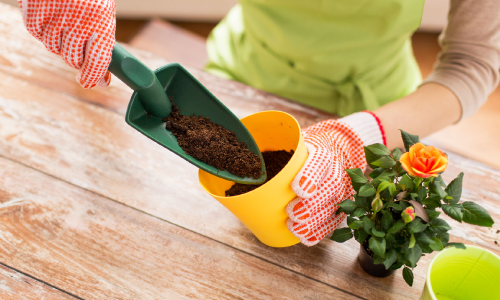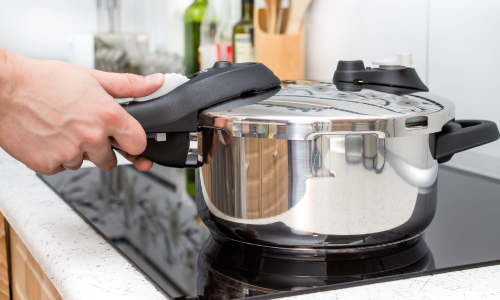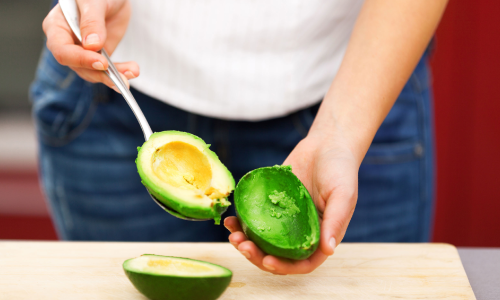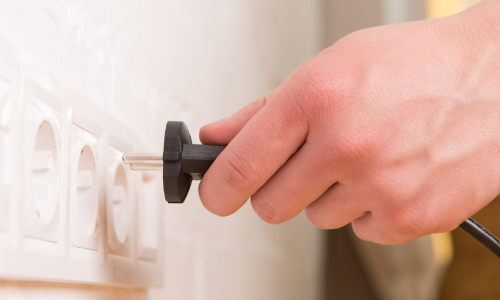Bad dietary habits, smoking, genetics, and hectic lifestyle – all these factors individually or in combination can lead to grey hair problems.
If you don’t want to suffer from this problem at an early age, here are the best ways to prevent as well as treat grey hair problem.
Best Tips to Prevent Premature Greying of Hair
1. Avoid Stressing Too Much
If you stress too much, it will definitely affect the natural pigment of your hair.
If you don’t want your hair color to turn grey then learn stress management. This can be done through regular exercising, meditation, yoga, and also going for short vacations on a regular basis.
2. Avoid Smoking
If you are a regular smoker then this can intervene with the color of your hair.
Cigarettes contain harmful substances like carcinogens that can affect not just your hair follicles and result in grey hair, but can also lead to cancer.
3. Healthy Diet
Consuming healthy food is the need of time. It is important for all of us to consume a diet packed with proteins, particularly Keratin, which is important for hair health and growth.
You may include healthy elements in your diet like dairy products cheese, butter, milk, and spinach.
If your diet is not able to meet your daily requirements then you must start consuming supplements for the same.
4. Don’t Use Chemical Based Shampoos
If you want healthy and soft hair then you should use mild shampoos.
The best solution is to use organic shampoos. It is because shampoos and conditioners containing harmful chemicals can affect the hair quality as well as lead to hair pigmentation.
Read also: The Ultimate Guide To Safe, Non-Toxic Makeup
Also, it can cause intense hair fall and damage to the natural hair color.

5. Regularly Oil Your Hair
In most of the cases, dry and dehydrated hair can lead to greying of hair. It is because it is essential for the hair to possess moisture so that the natural color stays locked in.
Hence, oil your hair on a regular basis. Also, give your hair natural spa treatments to identify better hair conditions.
6. Avoid Using Perfumed Hair Products
If the hair products you are using contain high levels of aromatic fragrance and perfumes then this might be because of the presence of chemicals in it.
It is because natural products and oil don’t have any artificial fragrance and aroma. Hence, avoid using such products so that they do not damage your hair and prevent graying of hair.
7. Keep Your Thyroid Levels in Check
If you have thyroid malfunctions then this will lead to low or hypersecretions.
Such problems can lead to graying of hair. Hence, keep your thyroid levels checked so that it does not lead to graying of the hair.
Things to Eat to Prevent and Treat Grey Hair Problem
The finest way to treat and prevent gray hair problem is to consume nutritious food.
Some of the top-notch foods that you need to consume to reduce as well as prevent this problem are listed below!
1. Fresh Greens
All those food ingredients that are green in color are like a natural blessing to your natural hair. Make sure your diet includes an appropriate amount of vegetables, such as celery, capsicum, spinach, cucumber, cabbage, and other green leafy vegetables.
If you consume one amla on a daily basis then this will also treat your grey hair problem.
2. Chocolates
Consuming chocolates is another amazing way to keep grey hair at bay. Chocolates contain copper that boosts melanin production that is great for natural color of your hair. But make sure you consume only pure chocolates.
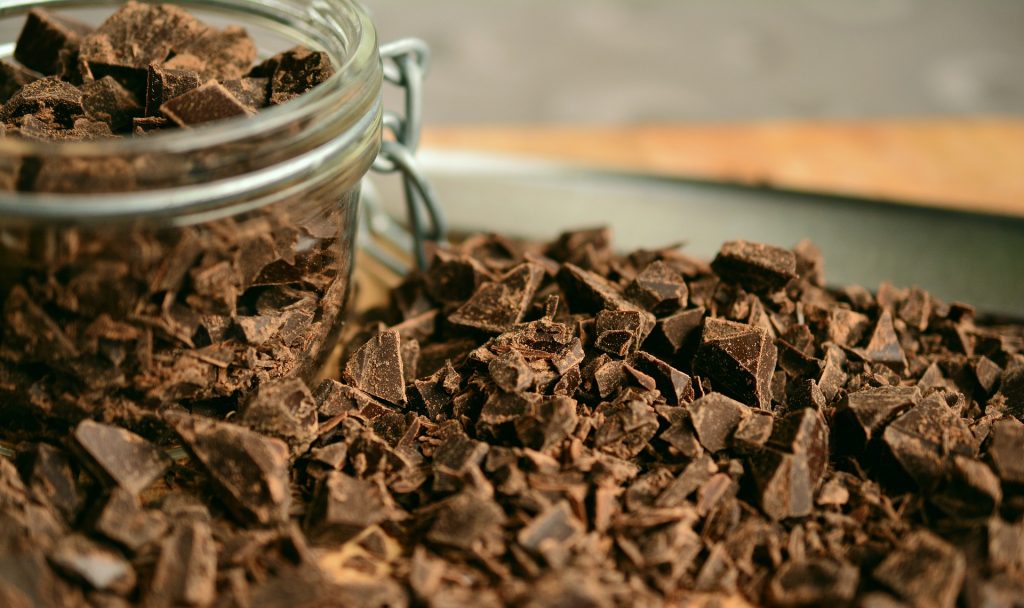
3. Berries
From cranberries, strawberries, blueberries, to raspberries, mulberries, and strawberries – just start consuming berries on a daily basis. These berries are packed with minerals and nutrients as well as high levels of antioxidants that can reduce the grey hair problem to a great extent.
4. Triphala
You must have heard about the magical effects of Triphala on your body. Triphala is prepared from three fruits – bibhitaki, Amalaki, and hartaki. All these items are great for your skin, hair, and eyes.
So drink a glass of Triphala every day to keep all your health issues at bay.
5. Almonds
Almonds are packed with protein, copper, and vitamin E. They are the best nuts that must be included in your diet.
You can consume almonds every day by mixing them in a smoothie or soak them overnight and then consuming them in the morning.
Along with this, you must stop consuming alcohol, coffee, tea, and other oily food to prevent grey hair at an early age.
6. Salmon
This is another food item rich in selenium that is great to regulate the hormonal production in the body. Also, salmon is rich in proteins and prevent greying of hair to a high extent. So, you may include it in your diet to get beautiful, black hair.
If despite taking such measures you are not able to combat the grey hair problem then you must see a specialist immediately and take appropriate medicines before the problem becomes severe and out of control.
Hair forms a prominent part of our health. You can have safe and healthy life only when you nourish them well and keep the scalp healthy. Avoid using chemical-based products, stick to natural and herbal products, and develop a nightly routine to care for your hair. If experiencing any severe hair problem then contact a hair expert immediately.
Author Bio :
Yuan Chen is a Manager at T1Hairs- Online Curly Hair Extension Company. He has more than 6 years of experience in Hairdressing Industry.


